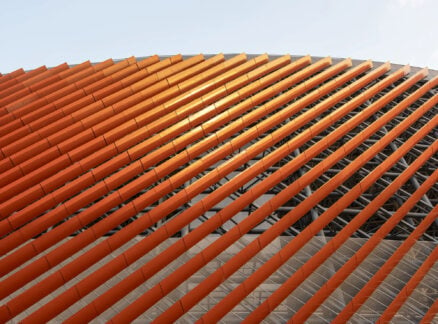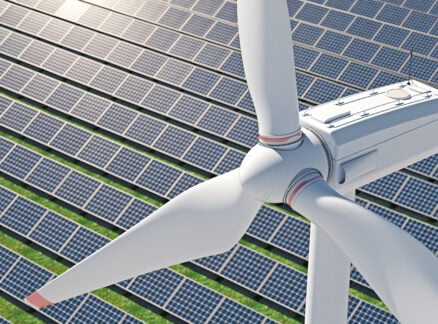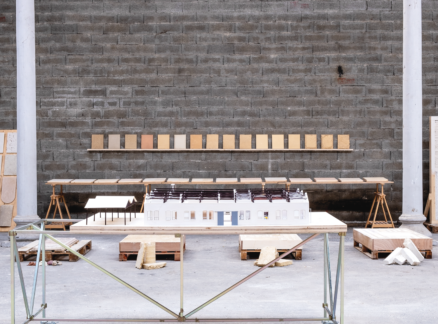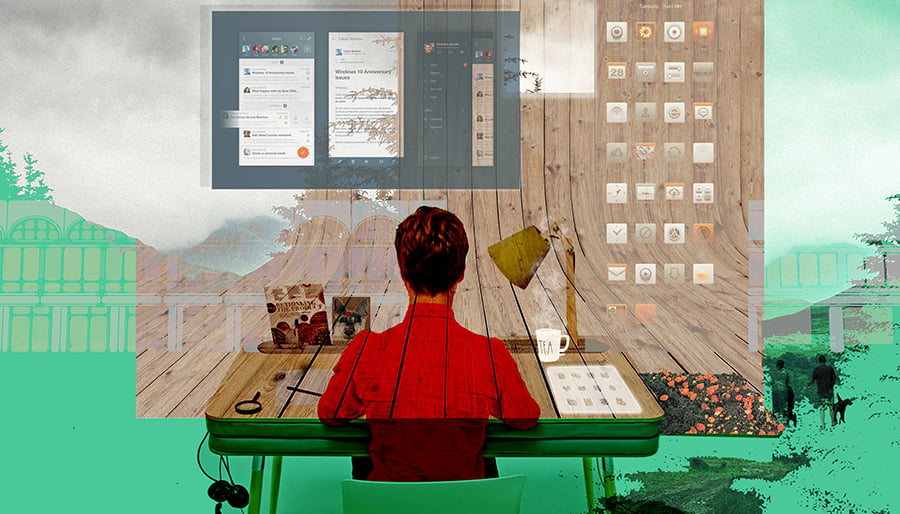
April 16, 2018
Why Technology Can Be the Enemy of the Creative Workplace
“Creativity” is a big buzzword now for workplace design, but we’re killing that with too-smooth, totally connected offices.
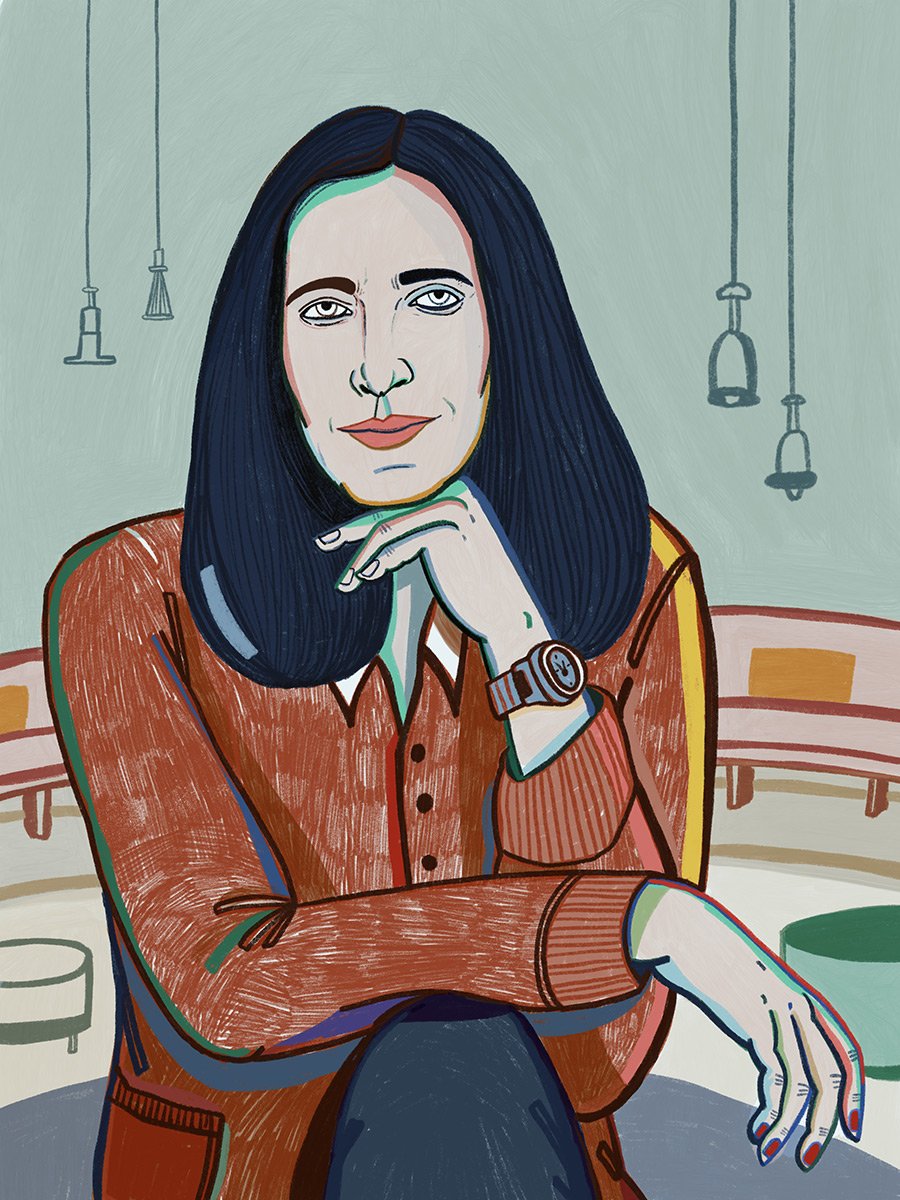
This article is part of the “tech x interiors” special section that was guest-edited by the design firm Studio O+A. The section, which appeared in the April 2018 issue of Metropolis Magazine, explores how technology is reshaping the workplace. You can find the full section online here.
It’s hard to believe that we didn’t have access to the World Wide Web before the 1990s or that I’ve only had an iPhone since 2007. It’s hard to imagine a time I couldn’t use an app to call a car or order my lunch or play my favorite tunes. I can’t imagine my life without these conveniences. Google even finishes my sentences for me.
Technology is all about making our lives easier. Our world is precise, streamlined, efficient, and anticipated. The idea is that the more information we have at hand, the more productive we can be. What we’ve been striving for these past two decades are fully connected, integrated offices with lots of varieties of spaces and opportunities for interaction. With social media at your fingertips, your phone right by your side, connected technology is everywhere in the modern office and readily available to fulfill any imagined need. If Sarah wants to stand up, her desk had better pop up with her so that there’s no disruption in work. If she doesn’t want to get up, she can get on Google Hangouts with her neighbor and instantly connect them both with associates in Amsterdam. This facilitated, streamlined approach to work has gone uncontested.
But on our trajectory toward ease, we have ended up with spaces that too easily facilitate distraction—layouts that enable a casual chat with a coworker or getting up to raid the fully stocked snack cabinet or pet the boss’s dog. I remember when, in the ’90s, companies started providing catered dinner on-site to encourage employees to stay at work. We’ve been creating environments for 24/7 work ever since, but who really works for 24 hours? What we should be designing are spaces for concentration, to get work done and go home. Not exactly uncomfortable offices, but not homes away from home either. Work should be for work.
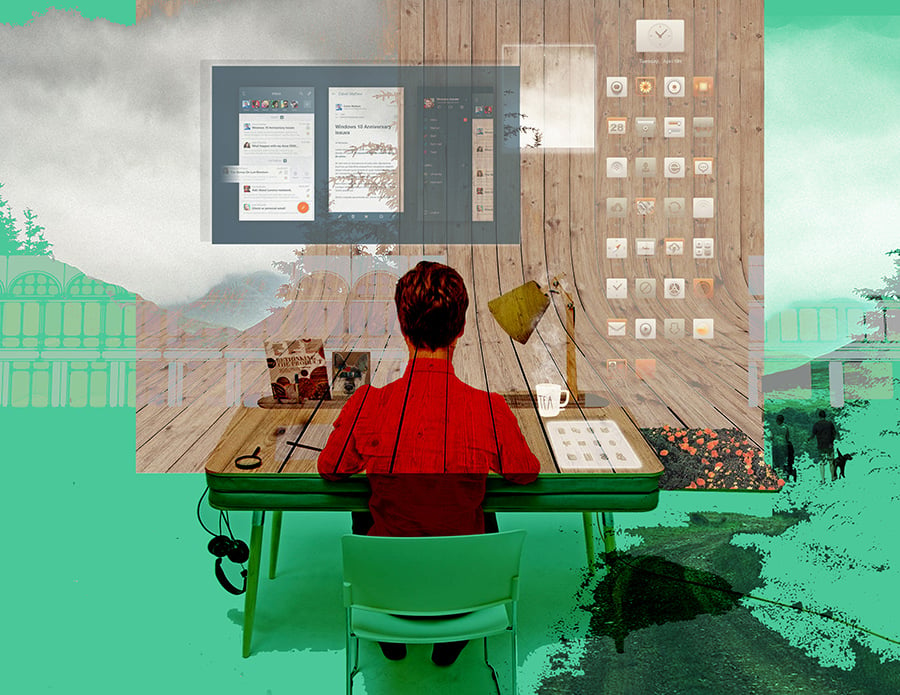
I grew up in a household with a solid work ethic. It’s a foundation for the very meaning of my life. My self-worth and who I am are intrinsically connected to the work I do. Sometimes I hate my job, like anyone else, but it also gives me satisfaction and a sense of accomplishment. We all need some element of labor to ground us. It could be digging weeds in the garden or knitting a scarf or intently studying a new skill. As humans we need some adversity, some friction in our lives, to make us stronger and give us character. As Margaret Mead said, “I learned the value of hard work by working hard.”
“Creativity” is a big buzzword now for workplace design, but we’re killing that with too-smooth, totally connected offices. The most creatively prolific people actually choose workplaces with an element of friction. Artists, writers, and poets go on residencies in out-of-the-way, austere places to make breakthroughs and get great amounts of new work done. The point is to be removed from distraction. Even a typical artist’s studio is generally sparsely furnished, with concrete floors, a basic slab table, simple racks of art supplies, and lots of walls. No extra frills—except inspiration— that might distract. When I was a student the ultimate place to study was the university library. I was lucky enough to have studied in the oldest and two of the largest. I would traverse the narrow maze of old bookshelves to find that lone hardwood chair where I could do my hard work, enveloped in an imposed silence, surrounded by history and tomes dedicated to the work of great minds.
If we want our offices to enable creativity and good work, a technology-free zone is a great place to start—a place where cell phones are banned and where software is loaded onto one’s computer that limits notification or prohibits surfing. For many, including me, that would be torture—I would go through withdrawals. But a little bit of discipline where technology is concerned would do us all good. It might make it seem harder to do our jobs, but it would also help us think more clearly, be more productive and creative. It would remind us that work and play are connected and that peak performance comes from a happy balance of both.
I still need to find a client who will let me design a workplace of purposeful friction, a place to be challenged to do hard work and then go home. It might not be too unlike a college library, inspiring quiet discipline and the focus necessary to do one’s best work.
Verda Alexander is a cofounder and principal of Studio O+A.
You may also enjoy “See Patricia Urquiola’s Colorful Refresh of Haworth’s Michigan Headquarters.”
Recent Viewpoints
Viewpoints
Sustainability News Updates for Q2 2025



